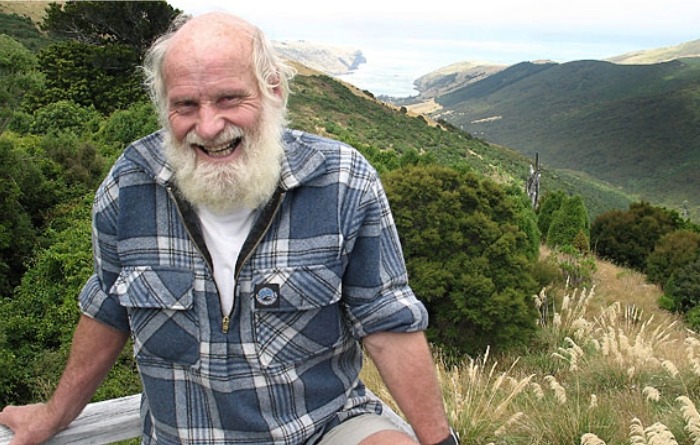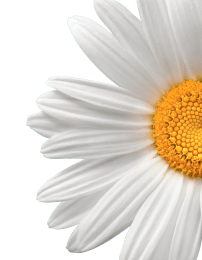While working with a very small, protected part of the Banks Peninsula of New Zealand, a botanist named Hugh Wilson identified the potential for nature to reassert herself and to regenerate the native forest. The problem was he had no money. Luckily, he met a businessman who had established a trust fund to buy land for conservation. Over the years the Hinewai Reserve, through the Maurice White Trust, has acquired close to 1250 hectares of land on the south-eastern coast of the Banks peninsula.
The philosophy Hugh followed for conservation was “minimal interference management” meaning he allows nature to do the work of regenerating itself. Hugh believes we human beings have an inflated opinion of ourselves, and we are better at damaging things than putting things right.
In this minimal interference management, he used the gorse plant, the invasive species that had infested the land and been a headache for farmers. He knew that gorse plants are nitrogen fixers, and that once the hardwood trees outgrew the gorse, they would block the sunlight from reaching the gorse plant, and the gorse would automatically die and fertilize the soil, making it suitable for the hardwood trees and other plants to grow.
In just ten years the native trees grew back in Hinewai. The regeneration process was so successful that it brought 47 waterfalls, numerous birds, and other wildlife back to the area. The goal of Hinewai is to foster the natural regeneration of the native fauna and flora.
Additional Resources
Reach Out
We love talking about what we do and how it can make a difference to you.


